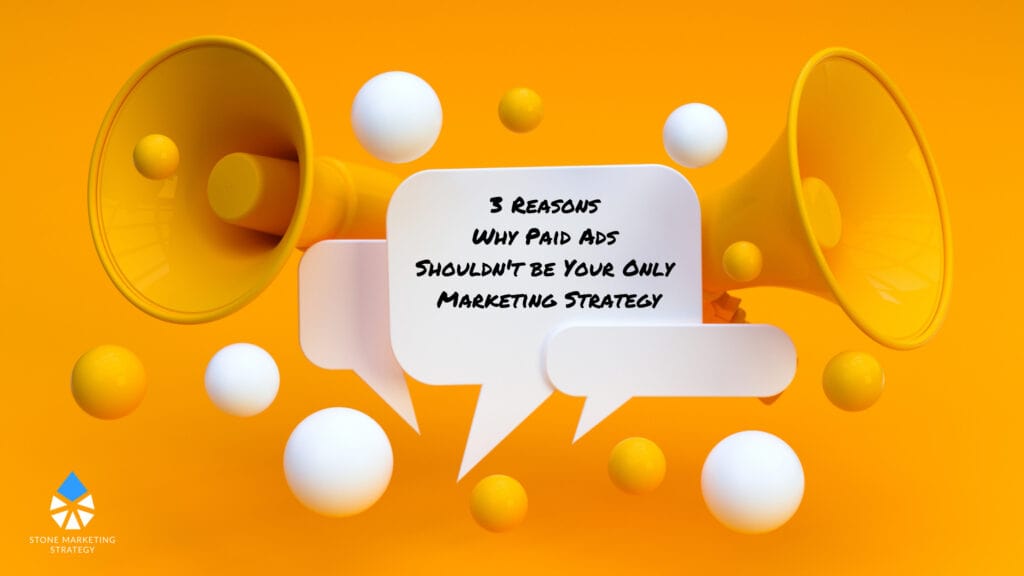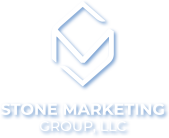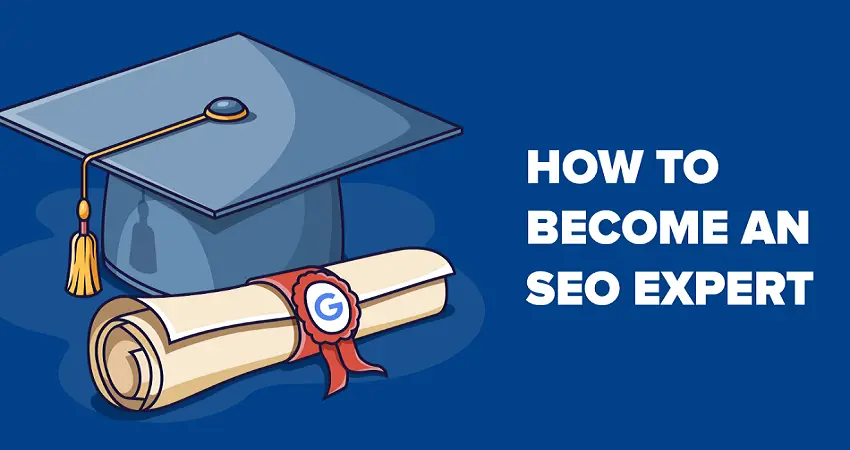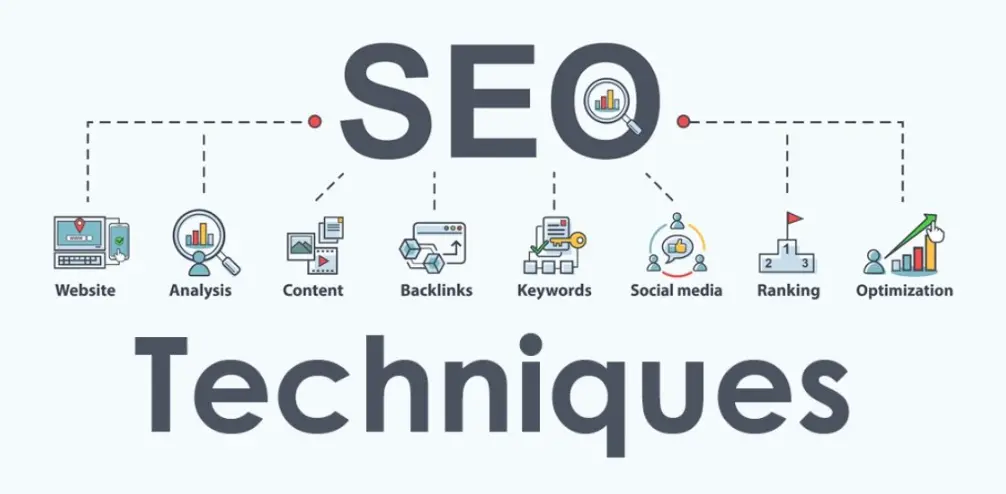As business owners, we’re always looking for new ways to market our business. Many look for free forms of marketing like social media, building email lists, blogging, and word of mouth.
Another popular way to market your business is through paid ads, also known as a paid marketing strategy.
Paid lead generation is attracting and converting new leads through paid strategies, such as ad campaigns.
Is this the best strategy for you?
Possibly, but if it is, it shouldn’t be your only strategy, and here are three reasons why.

Top 3 Reasons Why Paid Marketing Strategy Should’nt Be Your Only One:
The most common reasons are given below.
Budget:
You have to be highly strategic when implementing ad campaigns because it’s easy to waste money if you’re not careful.
Up to 48% of ad budgets are wasted because of bad targeting. Isn’t that crazy?
Almost half of your budget is spent on people who don’t care about your business and have no chance of buying from you.
Ads will reach certain audiences, but it is still relatively challenging to target ultra-specific demographics, depending on your industry.
Your paid advertising strategy needs to be spot on before you spend a dime to ensure you aren’t wasting money, time, and effort.
If you decide to use paid advertising, you need to be okay with losing money.
Paid advertising is like gambling. You have to be willing to bet X dollars while keeping in mind that you could lose it, win some back, or win big.
Paid advertising might not be a viable option for small businesses.
Whether money is an issue or the lack of knowledge of how to set up an ad campaign, you may need to consider other options.
However, if you’re set on having ads, you can start for a few dollars a day on social media platforms.
Multichannel Marketing:
Multichannel marketing is a strategy that allows you to interact with your audience in multiple spaces.
This could include retail stores, blogs, social media, digital ads, SEO, email, websites, direct mail, catalogs, etc.
Multichannel marketing is a strategy used by various companies across industries, and it’s proven to work.
Think about it.
You’re communicating to your customer in several different ways, so if one form of communication doesn’t resonate with them, you have a chance to make an impression somewhere else.
Marketing your products or services on one channel isn’t enough, no matter what you choose.
You can’t only market through social media, ads, or emails anymore.
Customers demand more.
Marketing across several different channels allows the customer to choose who they want to interact with your business.
Organic Marketing:
Organic growth means you are acquiring leads without paying for them.
Instead, you are using your own resources to grow the business.
Did you know that “organic growth is typically marked by an increase in output, greater efficiency, speed with production, higher revenue, and improved cash flow”?
Yes, it might take more time and effort, but your efforts are much more likely to pay off.
This is because natural growth will continue over time, while paid advertising will take funds to keep up.
I’m not trying to steer you away from paid advertising.
On the contrary, paid advertising can dramatically increase your lead generation and overall revenue if it’s done correctly.
The point is that you need to be implementing other marketing strategies in addition to paid advertising.
Paid advertising compliments organic marketing.
Let’s picture this scenario.
You create a freebie, and after someone submits their email to download it, they are entered into an automated email campaign.
In the campaign, you explain more about yourself and your business, answer questions, provide value, and offer something special like a discount.
The goal is to increase purchases of your online course.
An Example:
Now, the freebie is at the top of your funnel.
You want as many people in as possible because only a percentage will make it to the bottom of the funnel (purchasing your course).
Your post about the freebie on social media, tell your current audience about it, and use it as a call to action at the end of your blog posts.
Let’s say you get 100 people to download the freebie and 10% end up purchasing your course.
You implement a paid advertising campaign that takes people to your freebie landing page.
All of a sudden, your freebie download number goes up to 250.
You more than doubled your lead generation rate, and now 25 people have bought your course instead of 10.
Now, let’s pretend you ONLY had paid ads. You send paid leads to your landing page to download your freebie.
They get the freebie, but you don’t have an email campaign set up to nurture them.
So this potential customer walked away with value, but you didn’t get anything for your efforts.
Final Words:
See the power here?
These numbers are fictional, but hopefully, you can see how paid and organic marketing goes together.
Paid advertising and organic marketing go hand in hand to create the best results for your business, but organic marketing must be set up first.
If you decide to move forward with paid lead generation, make sure you already have other organic strategies in place.
Going back to the example, you don’t want to pay for a lead, only to have them not buy from you because you didn’t nurture them through an email marketing campaign.
Use your dollars to the max, and be smart about which strategies are best for your business.
If you want to learn more about digital marketing, here are 5 ways to grow your online presence.
Whether you’re not online yet and need a marketing strategy, or if you are online but still need help to figure out what will benefit you the most, please call us at 720-383-7292.
We would be happy to help!





